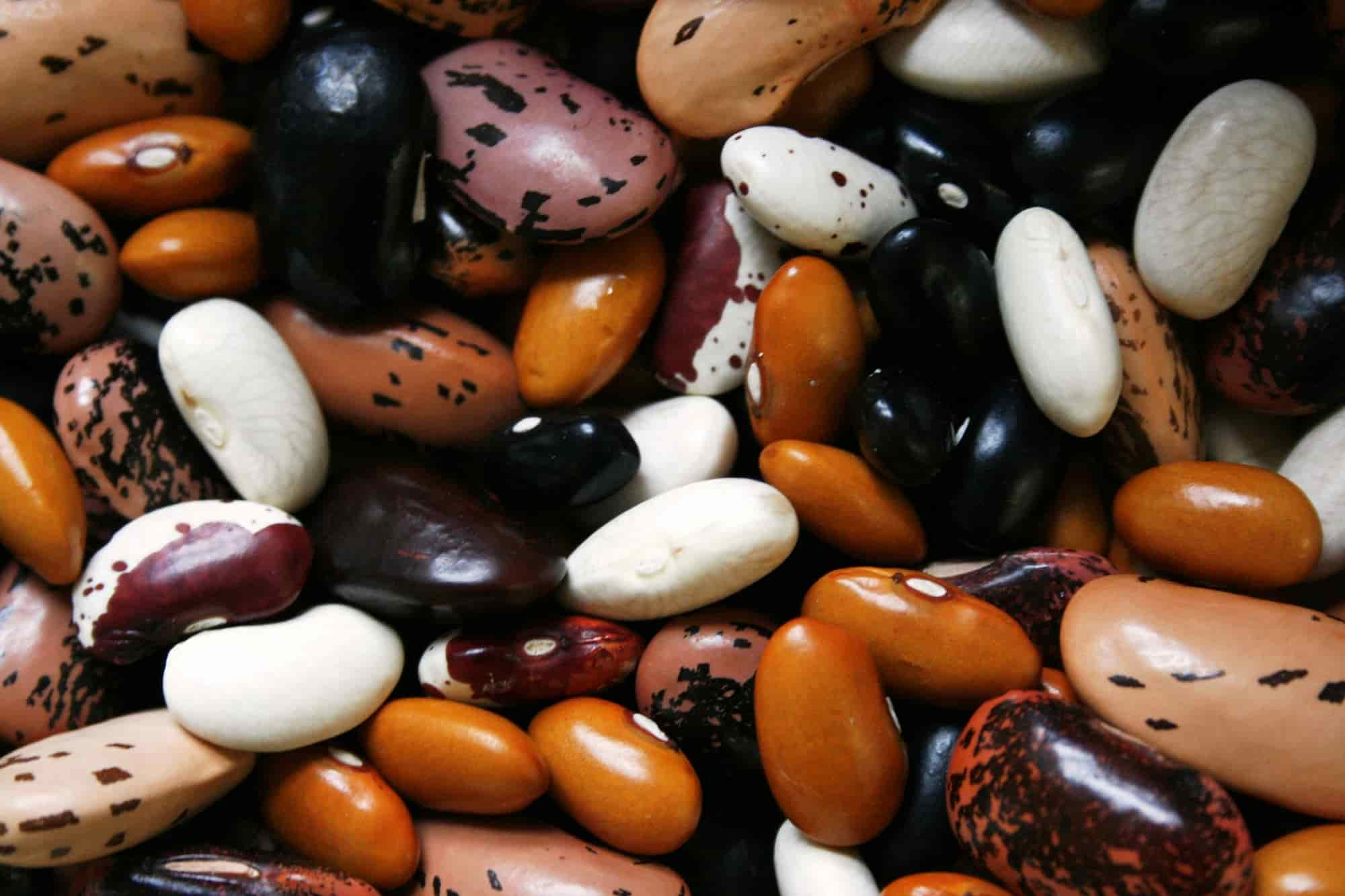
How to grow dry beans?
All our tips to sow, grow and harvest shelling beans
Contents
Cassoulet, garbure, mongetada, pistachio of sheep, sobronade… With dried beans, you can take a culinary tour of France’s specialities! Indeed, the shelling bean is used in the preparation of many hearty dishes. It must be said that this bean is grown for its seeds and is rich in carbohydrates, proteins, minerals, and fibre. Moreover, it allows for a variety of pleasures as it comes in a wide palette of colours, shapes, and sizes: coco de Paimpol, black-eyed cowpea, mogette, flageolet, red bean, Tarbais bean, Castelnaudary lingot… Adding to the fact that it is quite simple to grow, there’s no reason to overlook it in the garden. Especially since we will explain everything about growing shelling beans.
Dried beans, a legume to have in the garden
Whether referred to as dry bean, seed bean, or shelling bean, this little seed has all the qualities to go from garden to plate. Arriving on the European continent in the holds of ships from the New World, the bean (Phaseolus vulgaris) was quickly adopted by the population. Today, few regions and localities lack their own recipe featuring dry beans.
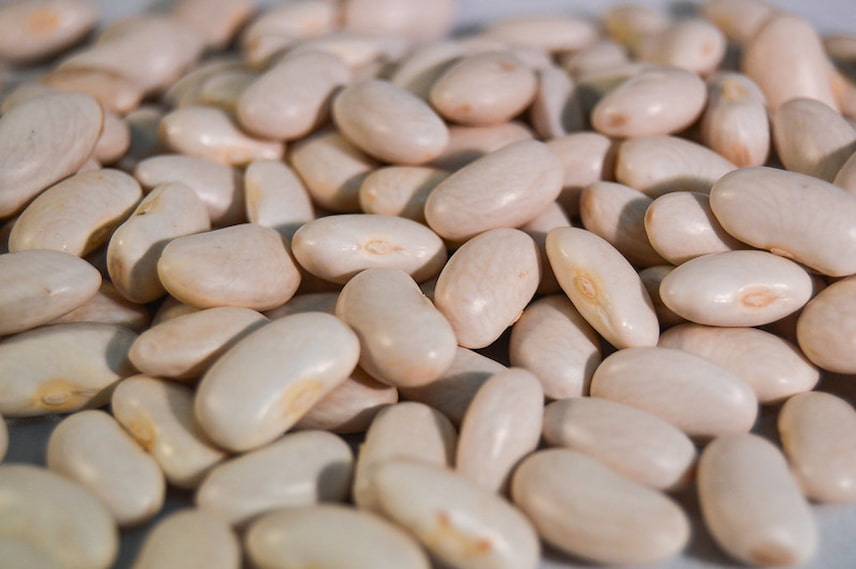
Shelling beans can be consumed fresh or dried
A member of the legume family, this leguminous plant, highly valued by vegetarians, stands out for its nutritional qualities: rich in protein, it is also high in fibre, complex carbohydrates, perfect for quick satiety, as well as minerals like iron, potassium, calcium, magnesium, and phosphorus. These qualities more than compensate for its small drawback, which is easily manageable: it tends to cause flatulence!
However, growing this annual plant with a bushy habit for dwarf varieties or climbing for pole varieties is not particularly complicated. It simply requires well-warmed soil for sowing, fertile soil, and a few hoeing and earthing-up tasks.
Let’s not forget that growing dry beans is very beneficial for the garden soil. Like other legumes, it has the ability to fix atmospheric nitrogen thanks to the nodosities on its roots. The downside is that it is advisable to practice crop rotation and not to grow shelling beans in the same spot for two consecutive years. Ideally, it’s best to wait four years.
Read also
How to grow beans in a pot?Where to sow dry beans?
Runner beans thrive in light soils that are neither too compact nor too chalky. However, the soil must be well prepared, enriched with compost or manure from autumn. And sufficiently warmed to at least 10 °C. This is why it requires a sunny location. This is normal considering its origins…
If these conditions are met, runner beans can grow anywhere in France.
Discover other Beans
View all →Available in 0 sizes
Available in 1 sizes
Available in 1 sizes
Available in 1 sizes
Available in 1 sizes
Available in 1 sizes
Available in 1 sizes
Available in 1 sizes
Available in 1 sizes
Available in 1 sizes
When to sow shelling beans?
Because frost can be fatal to them, it is essential to sow when all risk of severe cold has passed. Therefore, dry beans are sown in spring, mid-April in southern regions, from mid-May elsewhere, and until mid-June, for consuming dry seeds, or until mid-July if you prefer to eat fresh seeds.

The dry bean from seed germination to harvest of dry pods
Read also
Growing beans: tips and tricksHow to sow?
Like green beans, dried beans are usually planted in clusters, but it is perfectly possible to sow them in rows.
Planting in clusters:
- Loosen the soil with a cultivator
- Mark out rows spaced about 40 centimetres apart for dwarf varieties and 75 cm for climbing varieties. A depth of 2 to 3 cm is sufficient.
- Sow in clusters of 3 to 4 seeds every 40 cm
- Cover with soil, pressing down lightly with the back of a rake
- Water generously using a watering can.
For planting in rows, sow one seed every 8 to 10 cm and proceed in the same way as for planting in clusters.
To facilitate and speed up germination, you can soak the seeds overnight in water the day before planting.
About a week after sowing, the first leaves will appear.
What care do dried beans need?
Beans require little care but still need some attention to thrive.
The first task is to install supports for climbing bean varieties. Choose supports that are at least 2 metres tall and push them into the soil as soon as the young plants emerge. Remember to lean them towards the centre to form an arch.
They also need regular hoeing to remove adventive plants and aerate the soil. The first hoeing should be done as soon as the plants emerge, and the second when the seedlings reach 10 to 15 centimetres. During this second hoeing, perform a slight earthing up of the plants to stabilise them.
In dry weather, regular watering can be carried out, preferably at the base to prevent the development of fungal diseases to which beans can be susceptible.
When and how to harvest?
Harvesting takes place at the end of summer or in autumn, in September or October, but always before the frosts. The seeds should be fleshy, the pods more or less dry, and the plants yellowing.
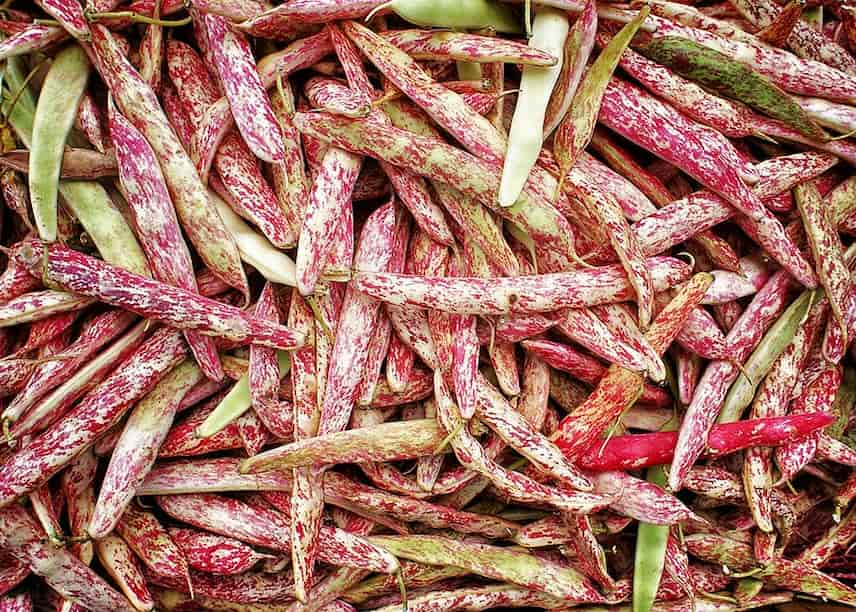
The harvest of dry beans occurs between September and October
The harvest is done all at once. Uproot the plants and bring them indoors to a dry, airy place. You can make a pile or hang them upside down in large bunches. If you have limited space for storage, it is also possible to spread the pods out to finish drying. Then, simply shell the well-dried bean seeds. They will keep dry, away from light, in an airtight jar for up to a year.
These podding beans can also be consumed fresh. They are harvested a bit earlier in the season, when the pod is nicely filled. However, they should be eaten 2 to 3 days after harvesting.
The main enemies of the dry bean
The shelled bean is susceptible to several diseases and pests:
- Anthracnose: black spots appear on the foliage, stems, and pods. The only treatment is to uproot and burn the affected plants.
- Virus mosaic: this virus is transmitted by aphids and is characterised by yellowing leaves. There is no treatment; only uprooting is possible.
- Bean greasy spot: greasy-looking spots appear on the leaves, pods, and stems. Infected plants must be destroyed.
- Grey mould or botrytis is recognised by grey spots that spread across the entire plant.
- Bean rust: this time, the spots are rust-coloured. Again, everything must be uprooted!
- White rot: white filaments form on the leaves. The plants need to be destroyed.
- Weevil: this is a small insect that attacks dry grains. Simply place the grains in the freezer to kill the larvae.
To reduce risks, it is advisable not to overwater and to avoid wetting the foliage. Beans do not like humidity!
→ Learn more in our article: Weevil of legumes, what is it? How to get rid of it?
Which varieties to choose?
- Coco beans are particularly suited for fresh consumption.
- Michelet beans are quite early and produce long pods, resulting in an abundant harvest.
- Chevrier vert flageolets are perfect for dry consumption.
- Soissons gros blanc is renowned for its white, flat seed with a fine epidermis.
- Yin-yang Starazagorski is striking with its black and white grains.
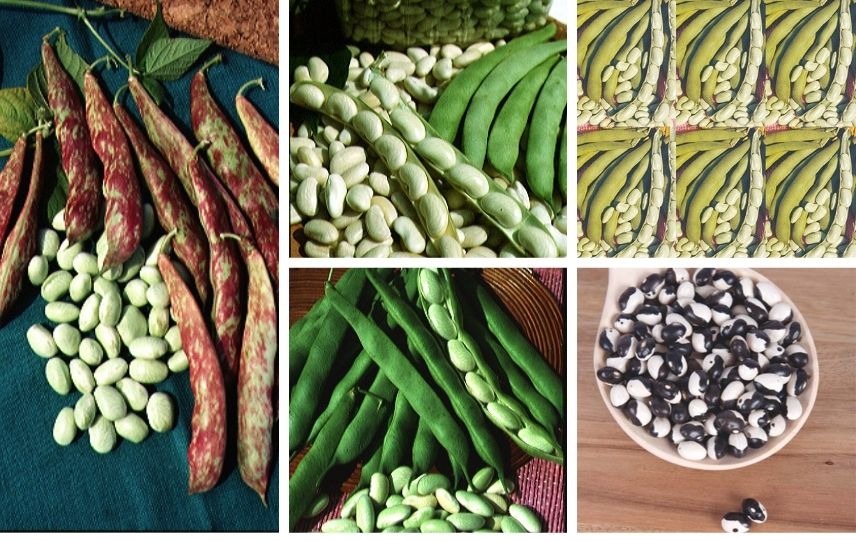
- Subscribe!
- Contents
































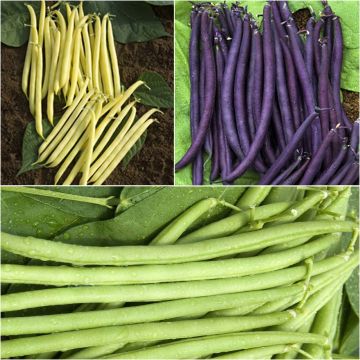
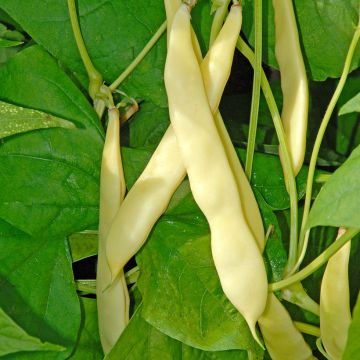
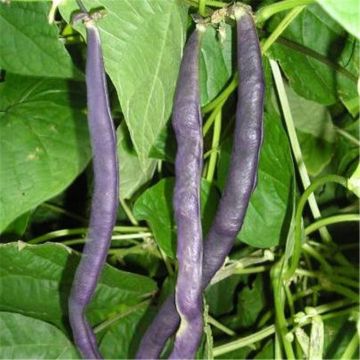
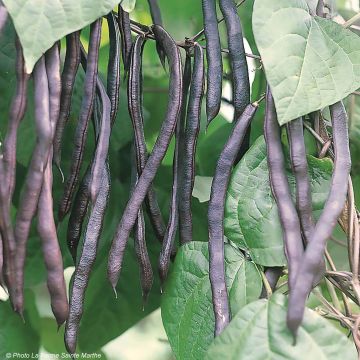
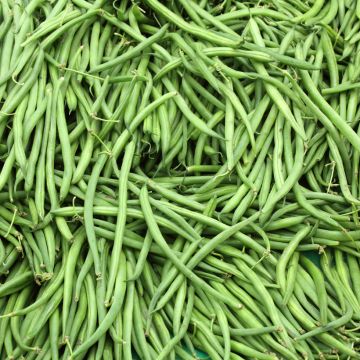
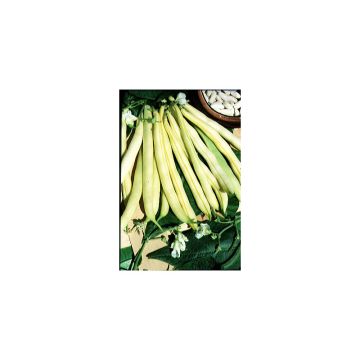
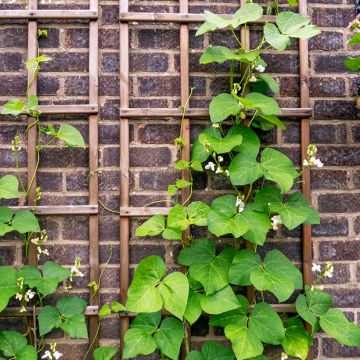
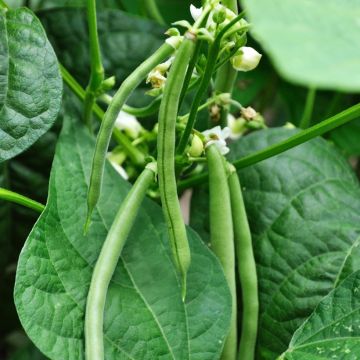


Comments